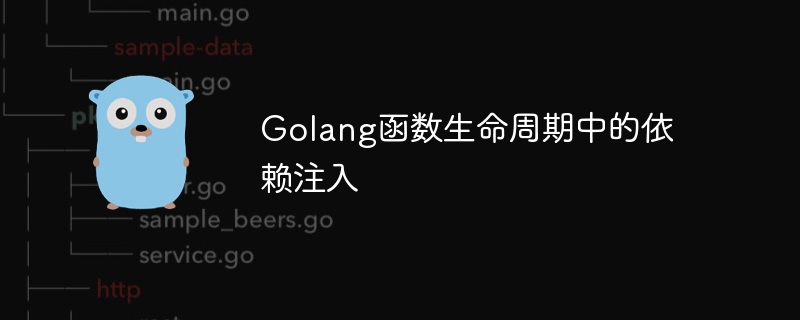
Dependency injection is implemented in Go using context.Context, allowing us to dynamically provide dependencies without changing function signatures, thus improving testability and maintainability. Specific implementation steps: Create a context and store dependencies (for example: ctx = context.WithValue(context.Background(), "user", &User{Name: "John Doe"})); Get dependencies from the context (for example: user := ctx.Value("user").(*User)). The advantages of dependency injection include: testability: it is easy to mock dependencies and improve test reliability; maintainability: dependency implementation can be changed without changing functions; flexibility: different dependencies can be used in different contexts.

Dependency injection is a design pattern that allows us to change the Provide dependencies dynamically without function signature. This makes it easier to test and maintain your code.
In the Go language, you can use context.Context to implement dependency injection. context.Context is a key-value store to which arbitrary data can be attached.
The following is an example of dependency injection using context.Context:
package main
import (
"context"
"fmt"
)
type User struct {
Name string
}
func main() {
// 创建一个上下文,并用用户数据初始化它
ctx := context.WithValue(context.Background(), "user", &User{Name: "John Doe"})
// 从上下文中获取用户数据
user := ctx.Value("user").(*User)
fmt.Println(user.Name) // 输出 "John Doe"
}In the above example, we create a context ctx, and stores an instance of the User structure in it. We then get the User instance from the context and print its name.
Using dependency injection has the following advantages:
The above is the detailed content of Dependency injection in Golang function life cycle. For more information, please follow other related articles on the PHP Chinese website!




